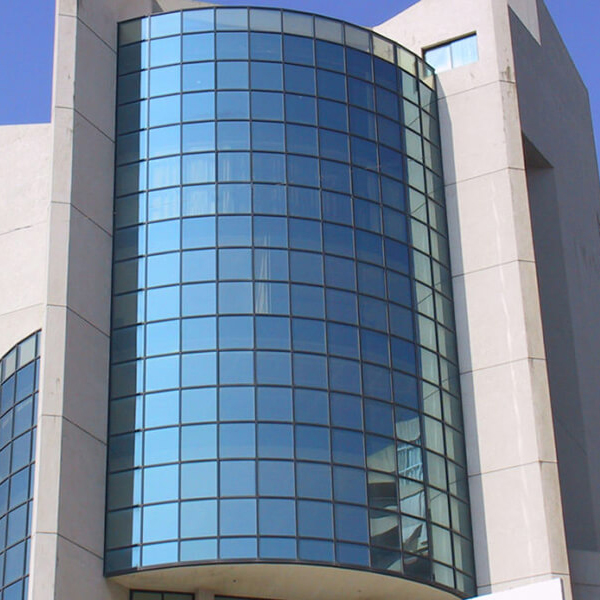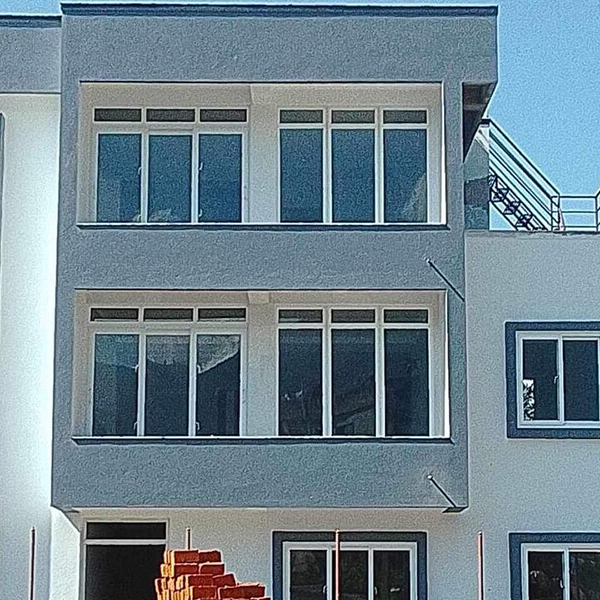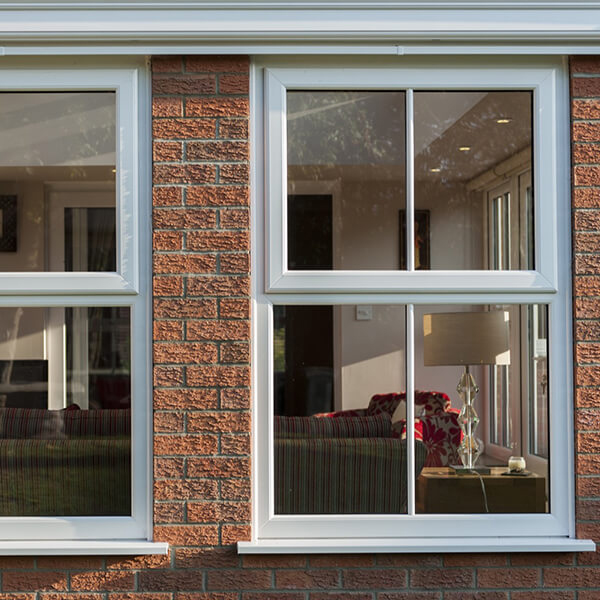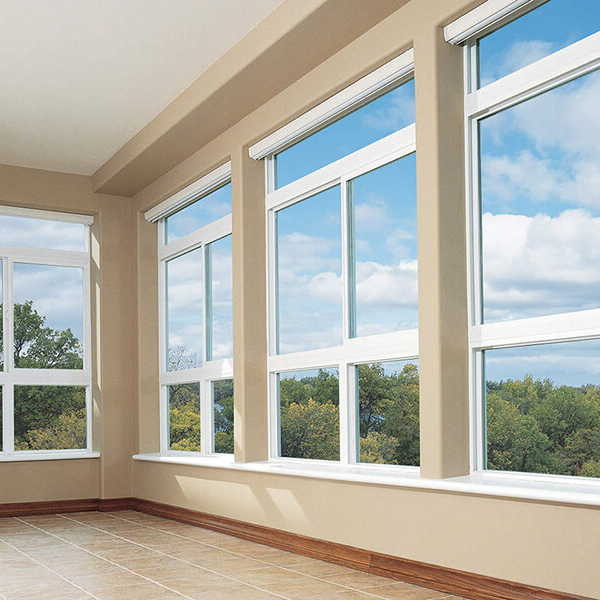About Structural Glazing
With structural glazing, metal frames are not necessary because glass is connected to a building’s structural framing using high-strength silicone sealants. This method improves transparency and lowers thermal bridging while producing a smooth, flat external appearance with little visual disruptions. Glass, silicone sealants, structural framework, and appropriate spacers are some of the parts of the system. Because of its benefits, which include aesthetic appeal and energy efficiency, it is often used in modern architecture. To accomplish a variety of design goals, structural glazing can be employed in stick-built and unitized systems, among other forms.

Features and benefits
Provides a sleek, modern look with minimal visible framing.
Enhances the building’s visual appeal both internally and externally.
Allows for unique, angled designs and sleek, all-glass facades.
Enhances occupant comfort and productivity through increased natural light.
Minimizes solar heat gain and building envelope air infiltration.
Can be linked with various structural elements like steel struts.
Provides exceptional durability and weather sealing capacity.
Offers resistance to high wind pressures and seismic tremors.




Contact
Ground Floor (GLOBAL IME Bank Building), Gwarko (Opposite of Guna Hall), Lalitpur, NP
Brahmakhel, Kageshwori Manahara Municipality, Kathmandu, NP
